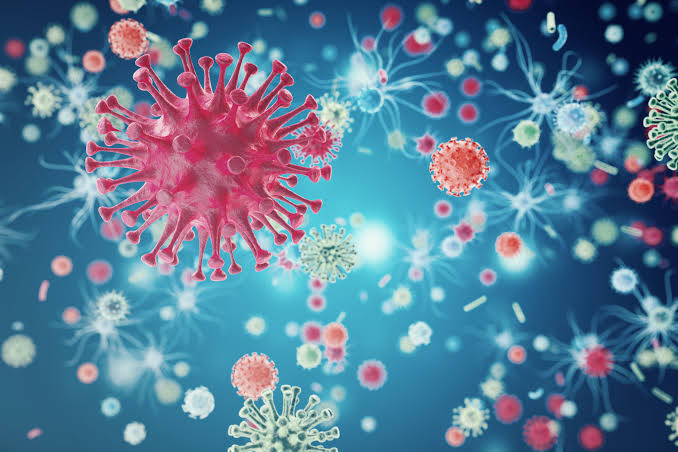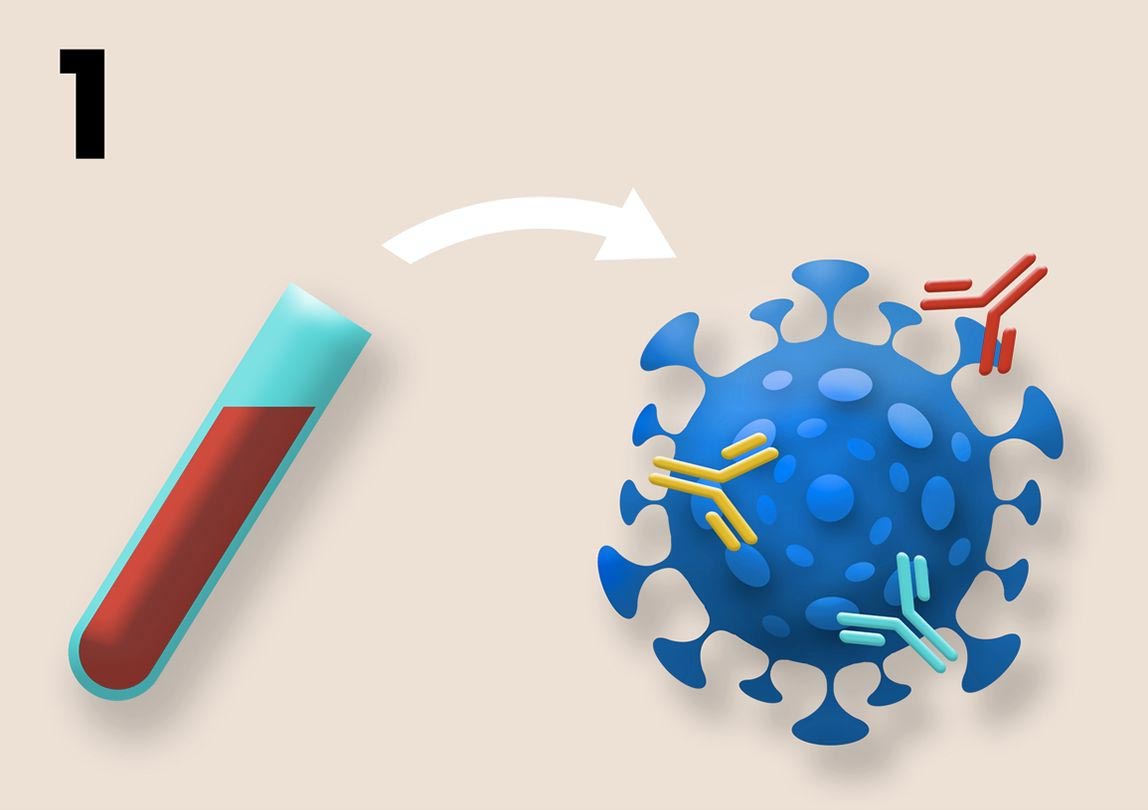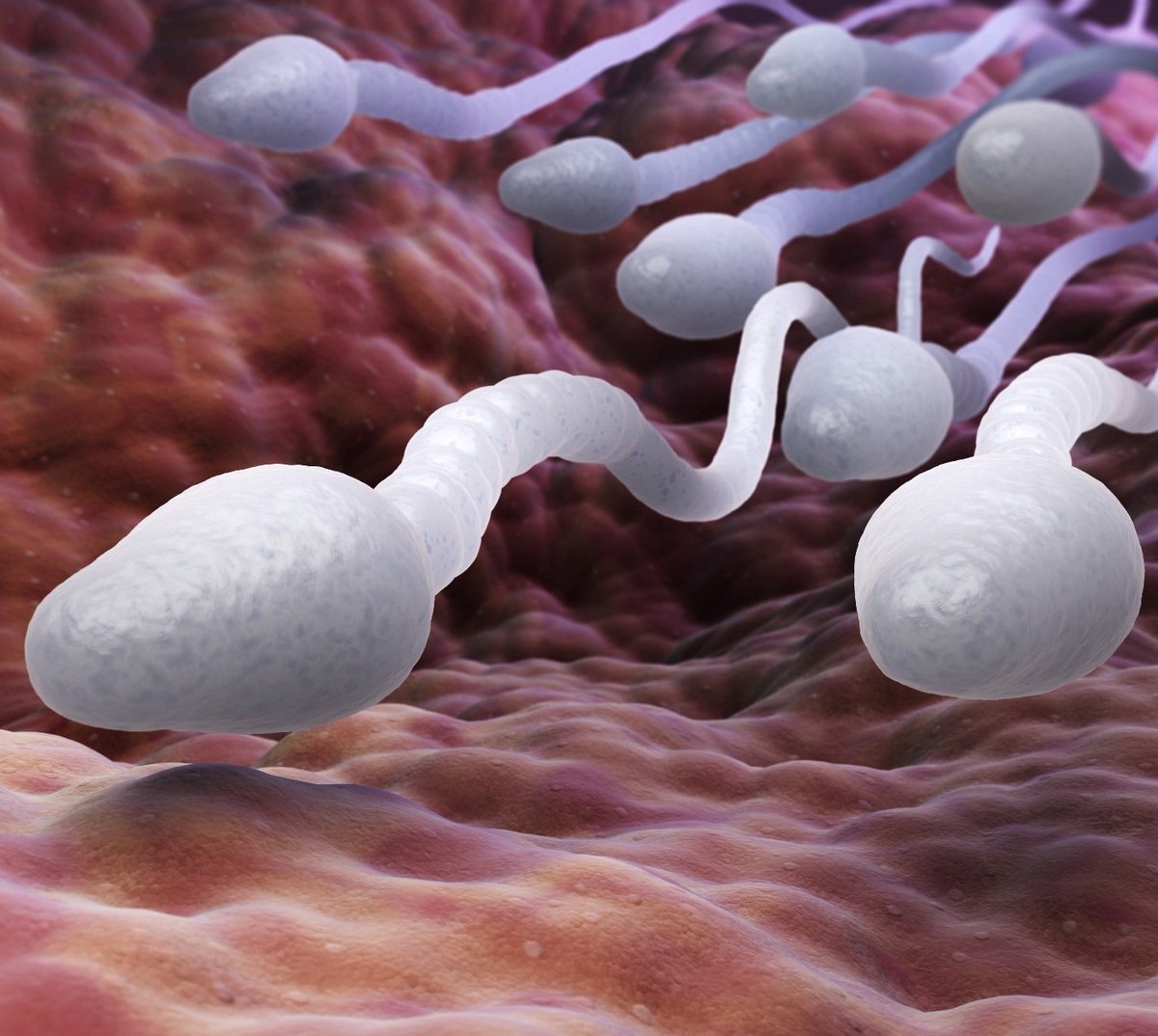**THE AGE OF PANZOONOTICS**
In the world of infectious diseases, panzoonotic diseases stand out for their ability to spread between multiple animal species and from animals to humans, revealing our interconnectedness.
What MAKES COVID-19 a UNIQUE PANZOONOTIC?
In the world of infectious diseases, panzoonotic diseases stand out for their ability to spread between multiple animal species and from animals to humans, revealing our interconnectedness.
What MAKES COVID-19 a UNIQUE PANZOONOTIC?

2)To grasp this, we must acknowledge the major panzoonotics that have influenced public health: Rabies (spanning 190 species) , COVID-19 (58 species), and avian influenza (48 species).
While COVID-19 is prominent, other diseases ...
While COVID-19 is prominent, other diseases ...
https://x.com/ejustin46/status/1814701079432401114?s=19
3)... like Ebola or Zika illustrate this complex transmission. Bacterial panzoonotics, such as brucellosis or leptospirosis further emphasize the diverse threats we face. 

4) What Makes COVID-19 a Unique Panzoonotic? A Comparison with Rabies
When comparing rabies to COVID-19, the differences in transmission and impact are stark. Rabies is a viral disease that targets the central nervous system and is nearly always fatal once symptoms emerge.
When comparing rabies to COVID-19, the differences in transmission and impact are stark. Rabies is a viral disease that targets the central nervous system and is nearly always fatal once symptoms emerge.

5) It spreads primarily through bites from infected animals like bats and dogs, limiting its transmission risk between humans—typically, an infected person won’t bite another.
In contrast, COVID-19, an airborne virus, has infected billions worldwide, demonstrating ...
In contrast, COVID-19, an airborne virus, has infected billions worldwide, demonstrating ...

6) ...a highly efficient human-to-human transmission. While rabies remains a significant concern, claiming around 60,000 lives annually, the global scale and rapid spread of COVID-19 highlight its unique status as a panzoonotic threat. 

7) What Makes COVID-19 a Unique Panzoonotic? A Comparison with Bird Flu**
H5N1, the notorious bird flu virus, belongs to the Orthomyxoviridae family, specifically classified as an influenza A virus. Known for its rapid mutation, H5N1 poses a threat ...
H5N1, the notorious bird flu virus, belongs to the Orthomyxoviridae family, specifically classified as an influenza A virus. Known for its rapid mutation, H5N1 poses a threat ...
https://x.com/ejustin46/status/1903749023149834597?s=19
8)... primarily to birds and has shown limited ability to transmit between humans.
On the other hand, SARS-CoV-2, the virus behind COVID-19, is part of the Coronaviridae family. This single-stranded RNA virus features a larger genome and distinctive spike proteins ...
On the other hand, SARS-CoV-2, the virus behind COVID-19, is part of the Coronaviridae family. This single-stranded RNA virus features a larger genome and distinctive spike proteins ...

9) ... that enable it to efficiently invade human cells. Notably, SARS-CoV-2 has demonstrated a remarkable capacity to adapt and mutate, giving rise to various variants that heighten its transmissibility.
https://x.com/ejustin46/status/1913128136109142182?s=19
10) If we sounded the alarm about the potential mutations of H5N1 few years ago, however, back in 2024, amidst the heightened concern over this virus, we maintained that it lacked the necessary adaptations for efficient human-to-human transmission.
https://x.com/ejustin46/status/1773920252713144768?s=19
11) In contrast, COVID-19 has proven its ability to spread rapidly across populations, solidifying its status as a unique panzoonotic threat.
**Why the Topic of Panzoonotics is Essential**
The discussion surrounding panzoonotics is increasingly critical
**Why the Topic of Panzoonotics is Essential**
The discussion surrounding panzoonotics is increasingly critical
https://x.com/ejustin46/status/1948307128206467340?s=19
12) **Emergence of New Panzoonotics**: The accelerated destruction of ecosystems raises the risk of new panzoonotic diseases emerging. As habitats are lost, wildlife is pushed into closer contact with human populations, facilitating the jump of pathogens.
theguardian.com/environment/20…
theguardian.com/environment/20…
13) **Significant Mutations in Current Viruses**: We must remain vigilant about major mutations in existing viruses, including SARS-CoV-2, H5N1, Zika, Ebola, and others. These changes can enhance their transmissibility and virulence, posing a greater threat to public health.
14) **Mutations in Animal Reservoirs**: There’s also a concern regarding significant mutations within animal reservoirs before these viruses re-emerge in humans. We have often covered this topic, receiving surprisingly little attention from scientists.
https://x.com/ejustin46/status/1700005305864593445?s=19
15) This risk underscores what makes SARS-CoV-2 and COVID-19 a uniquely significant panzoonotic threat.
Addressing these issues is crucial for understanding and mitigating the impact of panzoonotic diseases on global health.
Thanks for reading 🙏
Addressing these issues is crucial for understanding and mitigating the impact of panzoonotic diseases on global health.
Thanks for reading 🙏
16) For those interested in this topic, we recommend following a top-level scientist, Michelle Wille (@duckswabber), who consistently shares incredibly fascinating posts.
For birdflu and the migration of birds, we recommended this astonish article
theguardian.com/environment/ng…
For birdflu and the migration of birds, we recommended this astonish article
theguardian.com/environment/ng…
• • •
Missing some Tweet in this thread? You can try to
force a refresh


















